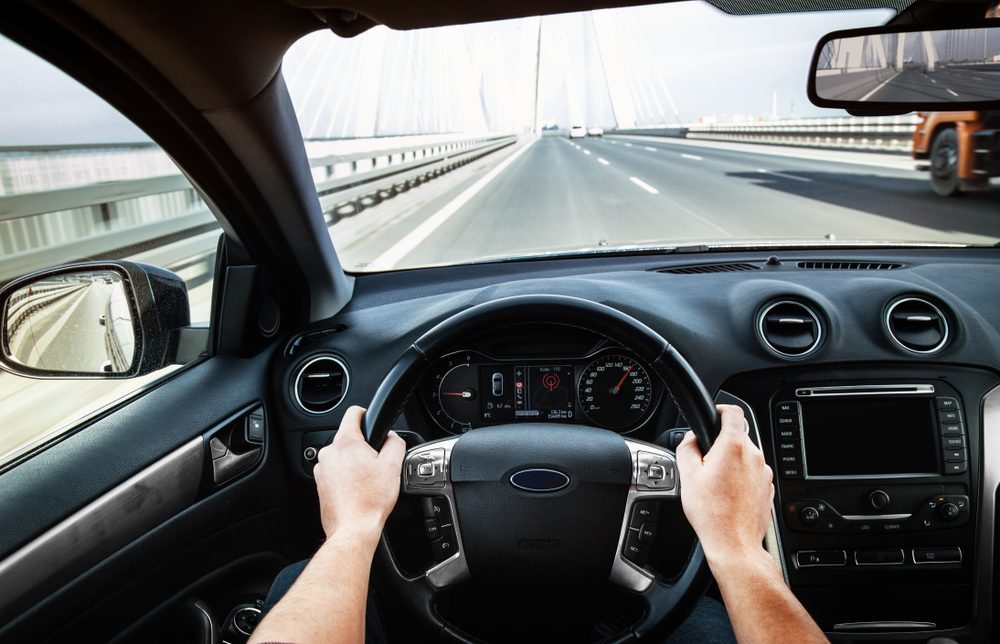This article explores ten strange phobias that many people may not be aware of, including nomophobia, xanthophobia, pogonophobia, ablutophobia, genuphobia, ombrophobia, coulrophobia, ergophobia, heliophobia, and trypophobia. Each phobia is described along with its possible causes and symptoms, offering insights into the ways in which phobias can affect people’s lives. The article concludes by emphasizing the importance of addressing and managing phobias in order to lead a fulfilling and productive life, free from fear and anxiety.
10 Freaky Phobias You Never Knew Existed
Phobias are often described as irrational, intense, and persistent fears of certain objects, situations, or creatures. While people may be familiar with some common phobias such as acrophobia (fear of heights), arachnophobia (fear of spiders), or claustrophobia (fear of enclosed places), there are many other phobias that are less known but just as bizarre. Here are ten freaky phobias you never knew existed:
1. Nomophobia
Nomophobia is the fear of being without a mobile phone or losing connectivity. People with nomophobia can experience panic attacks, anxiety, and even physical symptoms such as sweating or trembling when they are separated from their phones, run out of battery or lose signal. The increasing reliance on smartphones and the need to be always connected have made nomophobia a growing concern.
2. Xanthophobia
Xanthophobia is the fear of the color yellow. This phobia can be triggered by the sight or thought of anything yellow, including foods, flowers, clothing, or even words with “yellow” or “gold” in them. Xanthophobia can stem from a traumatic experience, cultural associations, or simply an irrational aversion.
3. Pogonophobia
Pogonophobia is the fear of beards. People with pogonophobia may experience anxiety or disgust when they see or touch a beard, whether it belongs to themselves or others. Pogonophobia can be related to personal hygiene, cultural or religious beliefs, or a past negative experience involving a beard.
4. Ablutophobia
Ablutophobia is the fear of bathing or washing. People with ablutophobia may avoid personal hygiene or water-related activities, and may experience anxiety, panic attacks, or nausea when they are forced to clean themselves. Ablutophobia may stem from childhood trauma, excessive concern for cleanliness, or a sensory aversion to water.
5. Genuphobia
Genuphobia is the fear of knees or kneeling. People with genuphobia may avoid activities that require kneeling, such as praying, gardening, or playing sports. They may also experience physical symptoms such as shaking, sweating or rapid heartbeat when they are confronted with knees or the idea of kneeling. Genuphobia may be caused by a traumatic injury, a cultural taboo, or simply an irrational association.
6. Ombrophobia
Ombrophobia is the fear of rain or precipitation. People with ombrophobia may avoid going outside or getting wet, and may experience panic attacks or anxiety when it rains. Ombrophobia may stem from a traumatic experience, a fear of lightning or thunder, or a sensory aversion to the sound or feel of rain.
7. Coulrophobia
Coulrophobia is the fear of clowns. People with coulrophobia may experience anxiety, nausea, or panic attacks when they see or encounter clowns, whether in real life, media, or entertainment. Coulrophobia may stem from a childhood trauma, a perceived threat from the exaggerated features or behaviors of clowns, or a cultural association.
8. Ergophobia
Ergophobia is the fear of work or employment. People with ergophobia may avoid or quit jobs, and may experience physical symptoms such as dizziness, sweating, or chest pain when they think about work-related tasks or responsibilities. Ergophobia may stem from a past negative experience, a sense of inadequacy or low self-esteem, or a desire to avoid stress or failure.
9. Heliophobia
Heliophobia is the fear of the sun or sunlight. People with heliophobia may avoid going outside during the day or may wear protective clothing, sunglasses, or sunscreen even in mild or cloudy weather. Heliophobia may stem from a skin condition, a traumatic experience involving the sun, or a cultural belief or myth.
10. Trypophobia
Trypophobia is the fear of irregular patterns or clusters of small holes or bumps, such as those found in honeycombs, lotus heads, or coral. People with trypophobia may experience a feeling of disgust, anxiety, or even physical symptoms such as itching or sweating when they see or imagine these patterns. Trypophobia is a relatively new phobia that has gained attention through social media and online discussions.
Conclusion
Phobias can affect people in various ways and can have different causes and origins. While some phobias may seem bizarre or unusual, they can have a significant impact on a person’s daily life and well-being. It is important to understand and address phobias, whether through therapy, medication, or self-help, in order to lead a fulfilling and productive life, free from fear and anxiety.
